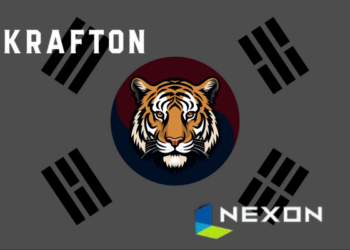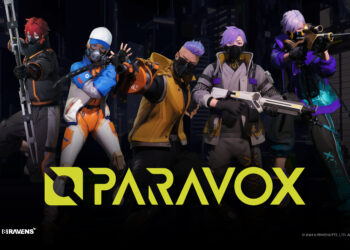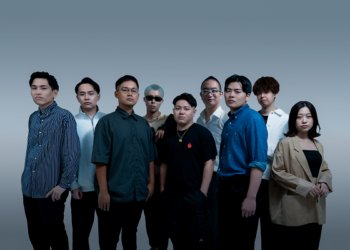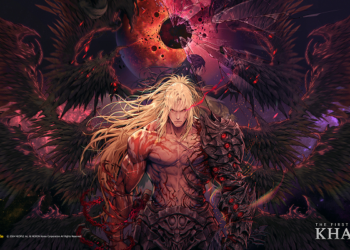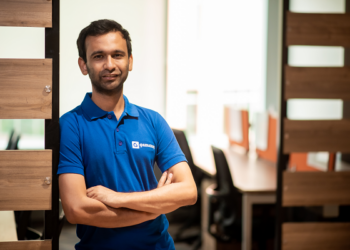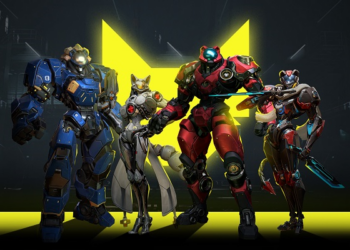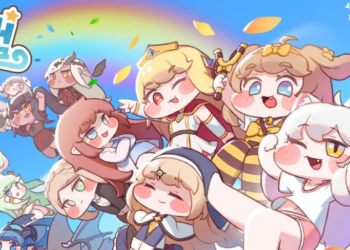The convergence of artificial intelligence in gaming, meme culture, and blockchain gaming is driving innovation in Web3 gaming, where AI in gaming and meme-based gaming are redefining player engagement, asset ownership, and interactive experiences. As we progress through 2025, these innovations are not just adding new features but redefining the core mechanics of gaming itself.
The fifth edition of the KoreGameDesk Gaming Pulse session explored the evolving landscape of metaverse gaming. This discussion, featuring Frank Cheng, the co-founder and Lorekeeper of Foonie Magus and CEO of Apeiron, illuminated the transformative impact of artificial intelligence in gaming and meme culture on the Web3 gaming ecosystem.
According to Cheng, one of the most significant advancements is how AI can bridge the gap between different Web3 games, projects, and virtual worlds, enabling seamless interoperability. This breakthrough addresses a longstanding challenge in the gaming industry. Recent data from DappRadar shows that cross-game asset compatibility has increased by 156 percent since 2023, signaling growing momentum toward interconnected gaming environments.
AI-Powered Gameplay Enhancements
Beyond infrastructure, AI in gaming is reshaping user experiences. “AI agents may significantly enhance gameplay, guiding users and introducing them to different games in novel ways,” Frank said. This aligns with broader industry trends—NewZoo’s 2024 study found that games incorporating AI-driven companions saw a 47 percent increase in player retention rates compared to traditional games.
The rise of meme-based gaming represents another transformative trend. Apeiron is actively exploring this space and plans to “launch a meme token backed by an official community and intellectual property (IP).” This strategy reflects a broader industry shift—DeFi Llama reports that meme-based gaming tokens surged 300 percent in Q4 2024, demonstrating strong market demand for community-driven, entertainment-focused games.
However, this transformation comes with challenges. Frank Cheng said, “The Web3 gaming space is still niche and relatively new.” Chainalysis data corroborates this, showing that active Web3 gaming wallets account for only 2.3 percent of global gaming accounts. Bridging the gap between traditional gaming audiences and blockchain gaming remains a crucial industry objective.
Tokenomics and Sustainable Gaming Economies
Innovative tokenomics may provide solutions. Historically, Web3 games relied on models assuming “millions of daily active users (DAU),” but the reality has required more sustainable approaches. The industry is shifting toward what Cheng calls “healthier tokenomics”—economic models designed to thrive with smaller yet highly engaged communities rather than massive user bases.
Additionally, AI in gaming is transforming content creation. Advances in generative AI have enabled dynamic content generation, with tools like NVIDIA’s GameGAN producing new levels and assets in real-time. This technology supports Cheng’s vision of “enhanced collaboration, streamlined artwork production, and seamless integration,” ultimately lowering development costs and increasing game variety.
The Future of Gaming: A Convergence of AI, Memes, and Blockchain
Looking ahead, the intersection of AI in gaming, meme culture, and blockchain gaming suggests a future where games evolve into dynamic digital ecosystems. Players will enjoy interactive entertainment and participate in game development, own digital assets, and engage with AI-driven experiences. According to Goldman Sachs’ 2024 Gaming Industry Report, this technological convergence could expand the gaming market by $245 billion by 2027.
The transformation is evident in how games redefine player engagement. Cheng envisions a future where players “utilize their assets in multiple ways—trading, integrating, and repurposing them across different platforms.” This aligns with Morgan Stanley’s 2024 research, which found that 68 percent of younger gamers prioritize digital asset ownership and cross-platform compatibility.
Balancing Innovation and Accessibility in Gaming
As the industry moves forward, striking a balance between innovation and accessibility will be critical. While AI in gaming and meme culture introduces new engagement methods, and blockchain gaming offers novel ownership models, developers must ensure that games remain fun—a point Cheng strongly emphasizes.
Ultimately, this evolution is more than a technological shift; it represents a reimagination of what gaming can be. As AI advances, meme culture evolves, and blockchain technology matures, we can expect even more groundbreaking innovations that push the boundaries of player experiences while unlocking new opportunities in the gaming industry.
Get the hottest news on upcoming game releases, patch updates, and gaming industry trends, stay updated with KoreaGameDesk on Twitter, Facebook, Instagram and Linkedin
More from us:
- Assassin’s Creed Mirage: A Nod to the Past, Embracing the Future
- Unleash your inner hero with Alterium Shift on Steam’s early access
- Shadowlands Release Date: Everything We Know So Far
- Ubisoft delays Avatar: Frontiers of Pandora, cancels four other games
- Rocket League Sideswipe: Release date, APK download, system requirements




